Internet of Things Bringing Our World Together Like Never Before
The Internet of Things (IoT): Bringing Our World Together Like Never Before
The Internet of Things (IoT) is one of the most important new technologies of the 21st century. It’s making a world where physical things and computer systems work together perfectly, sending, receiving, and acting on data in real time. IoT is altering how we live, work, and talk to each other, from the phone in your pocket to the factory down the street.
Click to learn more about technology.
What does the Internet of Things mean?
The Internet of Things is the huge network of physical items that are connected to each other and have sensors, software, and connectivity. These devices include everything from home appliances and cars to industrial machines and wearable technology. These gadgets gather information and send it over the internet, allowing users or other machines to keep an eye on, study, and operate them from afar.
Picture a world where your automobile talks to your smart house, your smartwatch sends your doctor your heart rate, and traffic lights change based on how many cars are on the road. That’s the world that IoT is making.
📲 How IoT Works in Real Life
🏠 Smart Homes
Alexa and Google Home are examples of voice-activated assistants.
Smart thermostats like Nest that learn your routine
Remote monitoring and facial recognition are two features of security systems.
🏥 Health Care
Fitbit and Apple Watch are two examples of wearables that keep track of your heart rate, sleep, and activity.
Monitoring patients with chronic illnesses from a distance
Smart pill bottles and insulin pens that tell people when to take their medicine
🏭 IIoT (Industrial IoT) Internet of Things
Predictive maintenance of machines
Tracking the supply chain and logistics
Monitoring factory performance in real time
🌆 Smart Cities Internet of Things
Smart traffic control and parking sensors
Street lights that use less energy
Systems for managing waste that make the best use of routes and pickup times
🚜 Farming Internet of Things
Smart irrigation systems that use data on soil moisture
Drones for checking the health of crops
Sensors and AI can help you predict the weather and pests.
How does the Internet of Things work?
Sensors and devices get information from the things around them.
Wi-Fi, 5G, Bluetooth, and other ways of connecting send data to the cloud.
Cloud data processing looks at data and makes choices.
User Interface/Automation does something, either by sending alerts or by telling equipment to do something.
🔐 Problems with IoT Internet of Things
IoT has a lot of potential, but it also has a lot of problems:
Security Risks: More devices mean more ways for hackers to get in.
Privacy Issues: Many devices collect private information about people.
Interoperability means that different brands and systems might not work together well.
Data Overload: It’s hard to manage and understand huge amounts of data.
🌍 Where IoT is Going
More than 25–30 billion gadgets need be connected by 2030. IoT will get more smarter and more powerful as 5G is rolled out, AI and machine learning increase, and edge computing becomes more popular.
We can look forward to
Homes and businesses that are fully automated
Healthcare that is really personal
Smart grids that use less energy
Transportation systems that drive themselves
Systems for monitoring disasters and climate around the world
📢 Last Thoughts
The Internet of Things is more than simply a trend; it’s a key part of the digital economy of the future. The more networked technology gets, the more chances there are for new ideas, better efficiency, and more ease.
Share this content:
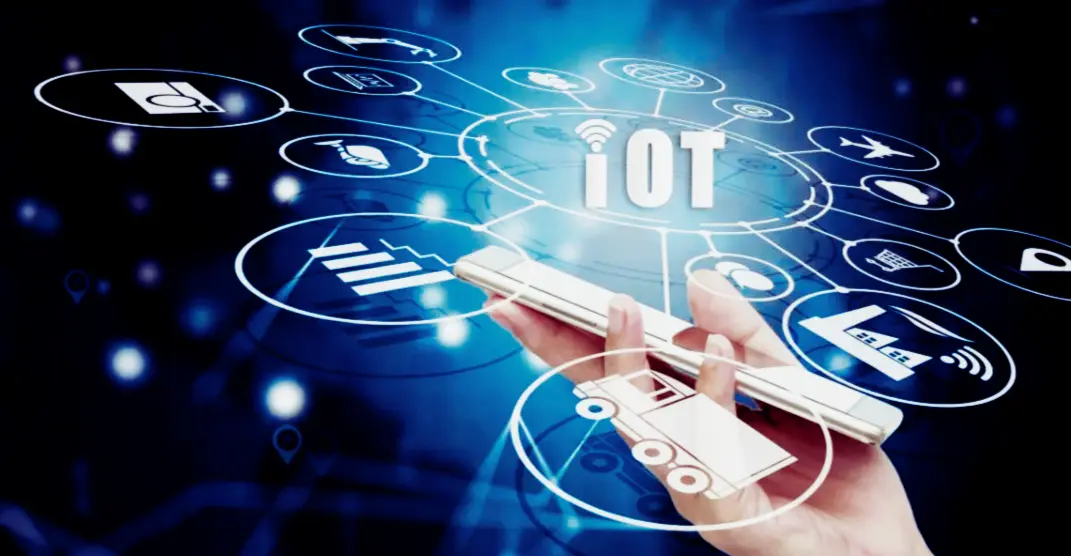
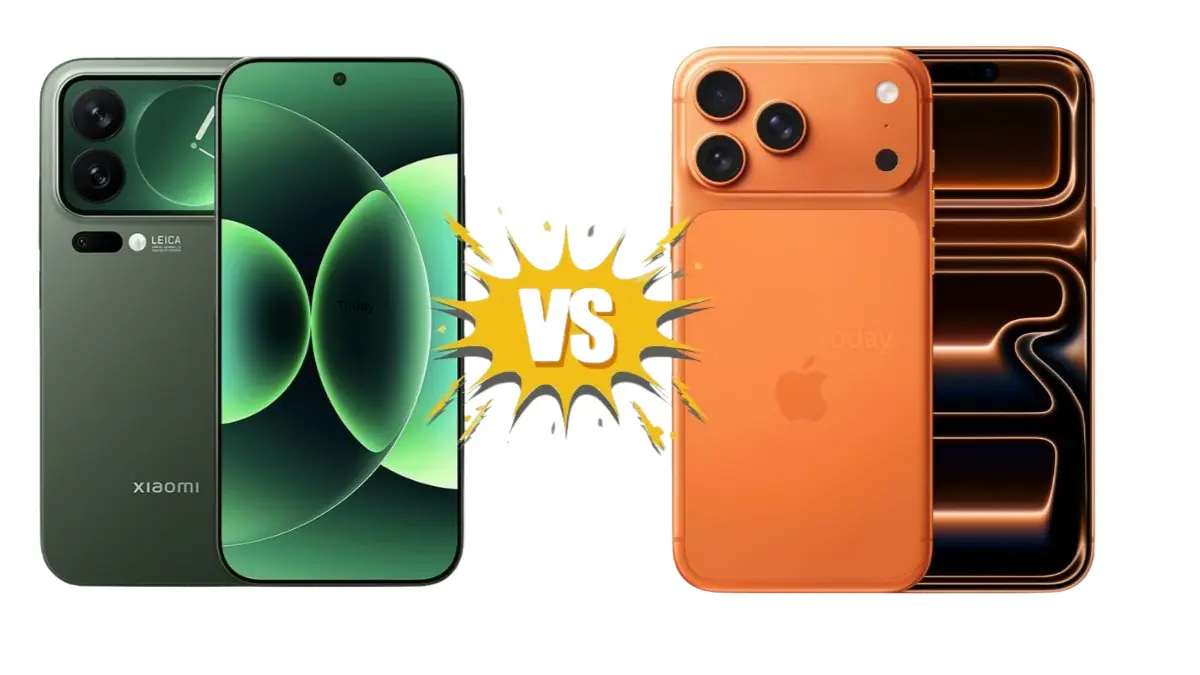

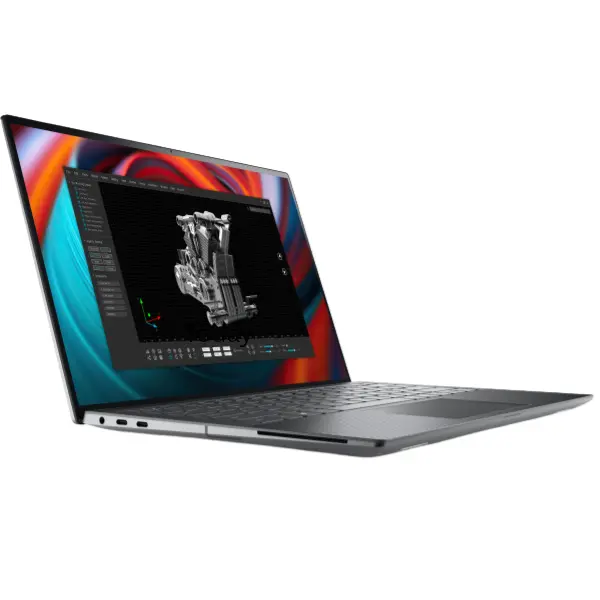
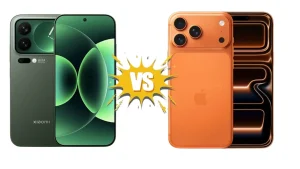
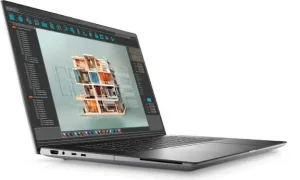
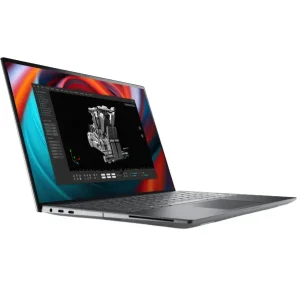
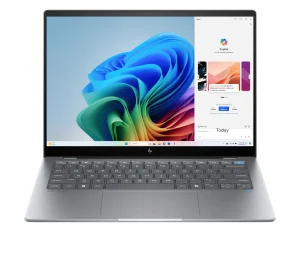
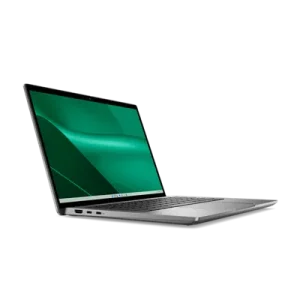
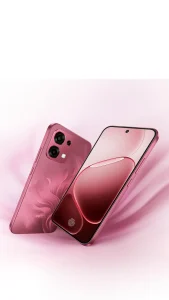
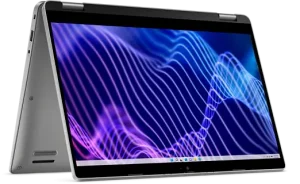
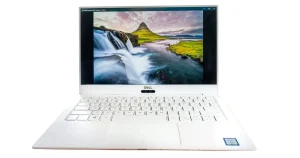
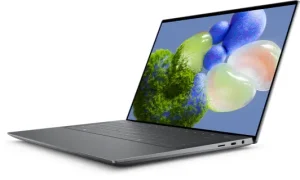
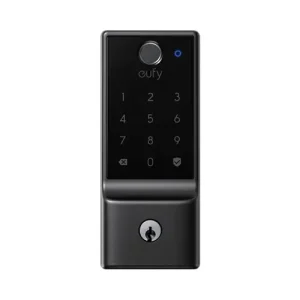
1 comment